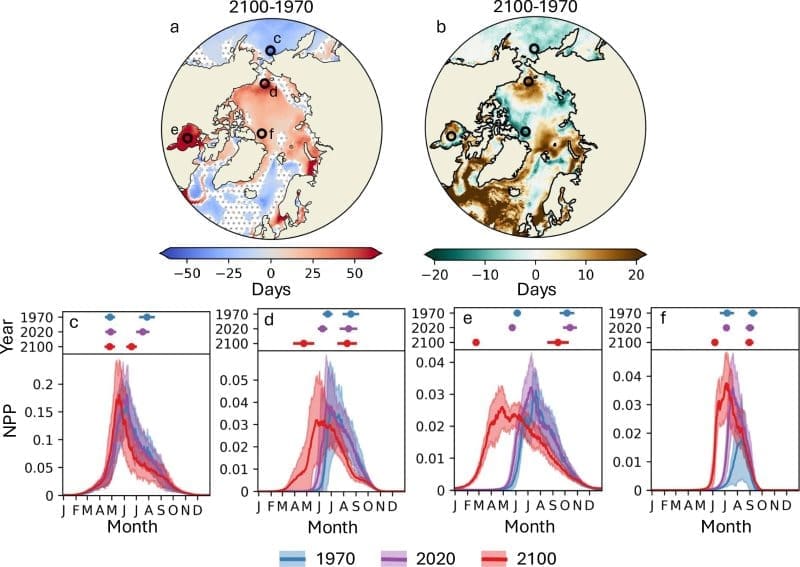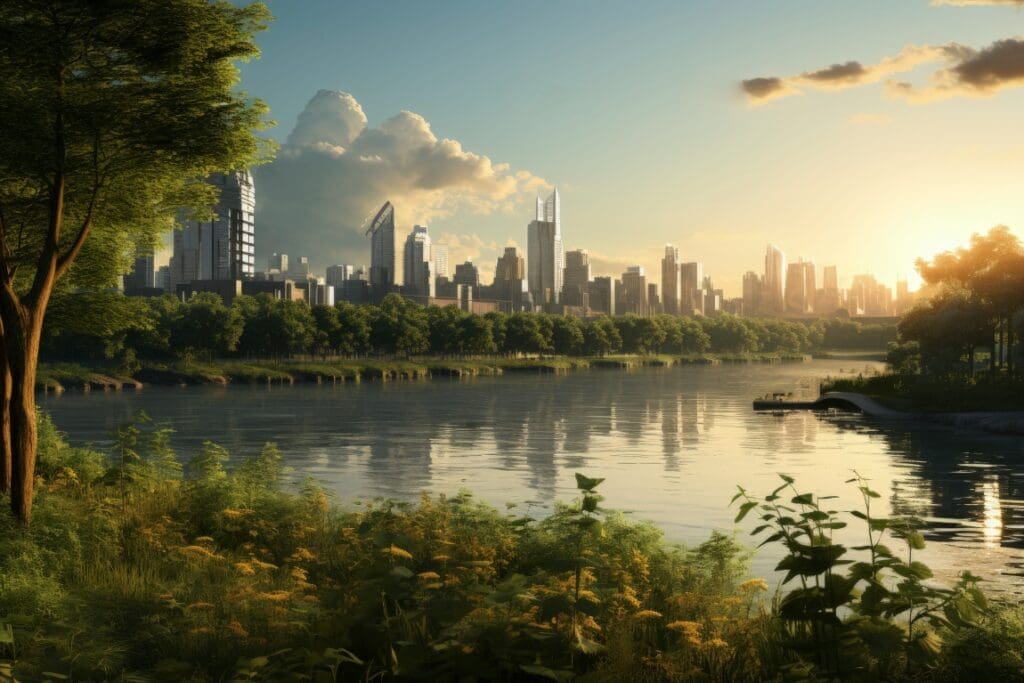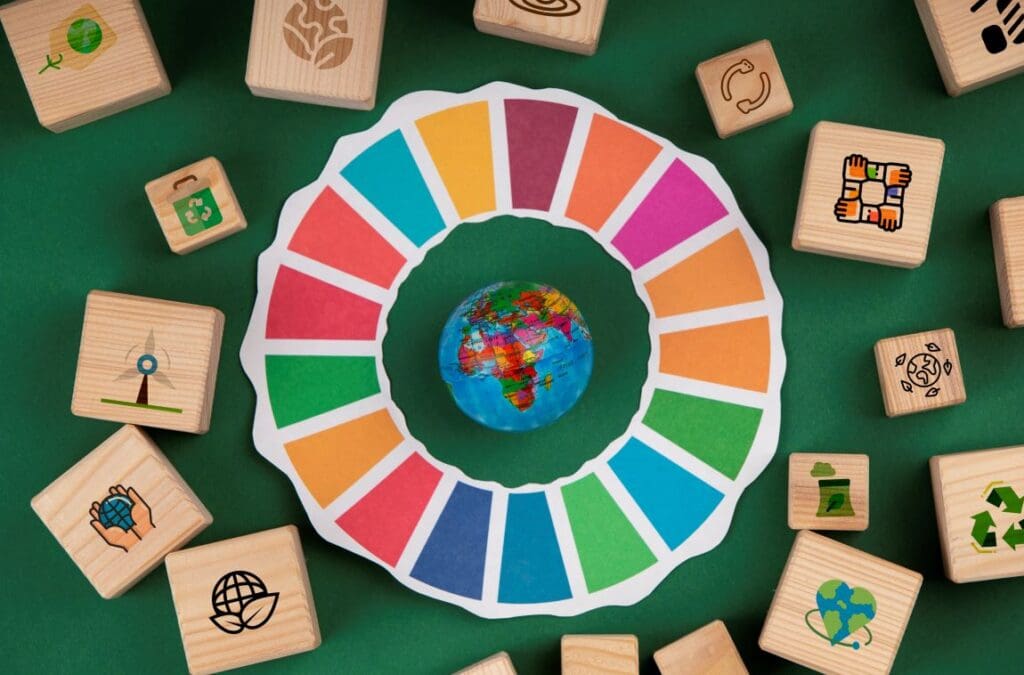Summary:
Arctic ecosystems may face a significant shift as phytoplankton blooms begin much earlier and last longer by the end of the century, according to a study published in Communications Earth & Environment. The work, led by Courtney Payne and collaborators, uses a large ensemble of Earth system model simulations to examine how climate change alters the timing and duration of phytoplankton growth. These microscopic algae produce about half of the oxygen in Earth’s atmosphere and fuel a food web that supports zooplankton, fish, seabirds, whales and marine mammals across the Arctic.
Earlier blooms are projected across most of the Arctic Ocean, with the researchers estimating that they will begin about a month earlier and extend for more than six weeks longer on average by 2100 compared to the 1970s. Payne noted that “polar regions can experience rapid growth,” but the seasonal pattern that supports Arctic life is poised to shift. The models suggest that blooms will increasingly occur during colder early-summer conditions, when zooplankton are less able to take advantage of the increased food supply. As a result, a large share of the biomass may sink uneaten, reducing energy available to animals that migrate to the region each year.
The team’s approach also allowed them to isolate the role of greenhouse gas emissions, identifying anthropogenic climate change as the clear driver of these projected changes.

Scientists predict a sea change in Arctic ecosystems by the end of the century
The lush greenery of the Amazon rainforest is often called the “lungs of the planet,” but really land plants are just half of the equation. The other lung dwells in the sea. Single-celled photosynthetic algae, known collectively as phytoplankton, produce about half of the oxygen in Earth’s atmosphere.
Phytoplankton are especially abundant at high latitudes, where seasonal sea ice retreat leads to explosive summer blooms.
“Polar regions can experience rapid growth,” INSTAAR postdoctoral fellow Courtney Payne explained. “They have a pretty short window, but phytoplankton can grow like crazy over a period of weeks or months.”
According to a new paper from Payne and collaborators, that cycle may soon be disrupted in the Arctic Ocean. Using a suite of modeling tools, the researchers predicted the state of phytoplankton blooms 80 years into the future – in the year 2100 – and compared them to records from the 1970s. They found that summer blooms will start more than a month earlier on average by the end of the century.
Unfortunately, the models predict that this change in seasonal timing will disrupt the foundation of the marine food web, leading to scarcity at every trophic level. It’s a change that will impact marine animals and the Indigenous communities that rely on them for sustenance.
Mismatches in the food web
The first time Payne saw a phytoplankton bloom, she was behind a pair of oars in a boat off the coast of Maine. It was just another day of practice for her collegiate rowing team, but the water, which had remained deep blue all winter, had turned green.
“Each spring, someday it would turn this violent green color,” Payne said. “Several years we would have these big swarms of jellyfish come through to consume the phytoplankton.”
These days, Payne spends most of her working hours behind a computer, but her history on the water allows her to visualize the ecosystems she studies. Just like the jellyfish in Maine, phytoplankton in the Arctic provide food for drifting grazers known collectively as zooplankton. This interaction forms the base of a rich marine food web. The zooplankton feed fish and whales, and the nutrients trickle their way up to seals, sea birds, polar bears and other Arctic animals.
The earlier spring bloom predicted by Payne and her collaborators may not seem like a bad thing. In fact, the researchers predict that the bloom will last more than a month-and-a-half longer on average by the end of the century. But, marine organisms have adapted to the current cycle over millennia, and they are ill prepared for it to change so quickly and drastically.
The researchers predict that scarcer sea ice will lead phytoplankton to bloom during the cold early-summer months. Zooplankton struggle to multiply at these temperatures and thus will not be able to take advantage of the bounty. Each spring, a large proportion of the bloom will go uneaten and sink to the ocean floor.
“If the spring bloom happens earlier and at these colder temperatures, the things that feed on the phytoplankton aren’t able to grow as much in response,” Payne said. “That means that whales and other animals that migrate to the area won’t have as much food to feast on.”
The culprit is clear
Overall, the new study paints an alarming picture for the future of Arctic marine ecosystems. But, there is a silver lining. Payne and her collaborators proved the efficacy of a methodology seldom seen in ecological research.
While previous studies have relied on limited observational data or single model simulations, the new study took a more comprehensive approach. The researchers worked off of an Earth system model that had been tweaked 50 times to produce 50 different, equally likely, future scenarios.
“If we used real world observational data, we would have to rely on one example of what the Earth is doing over a short period, which may not be representative of changes in the long run,” Payne said. “One of the benefits of using an Earth system model is that you can run the same years over and over again and use the mean to figure out, on average, what is going on.”
By comparing this “ensemble” of outcomes, the researchers were able to separate out the effects of anthropogenic climate change from natural climate variability. In short, they could identify a culprit: greenhouse gas emissions.
“With our methodology, we are able to specifically isolate the impact of climate change on the timing of the bloom,” Payne said. “Thus far it has only led to a shift of about 5 days, but we see a much more substantial impact by the end of the century.”
Journal Reference:
Payne, C.M., Lovenduski, N.S., Holland, M.M. et al., ‘End-of-century Arctic Ocean phytoplankton blooms start a month earlier due to anthropogenic climate change’, Communications Earth & Environment 6, 874 (2025). DOI: 10.1038/s43247-025-02807-y
Article Source:
Press Release/Material by Gabe Allen | Institute of Arctic and Alpine Research (INSTAAR) | University of Colorado at Boulder (CU Boulder)
Featured image: A phytoplankton bloom in the Barents Sea, north of Norway and Russia, as seen from space in July, 2021. Credit: NASA Earth Observatory




